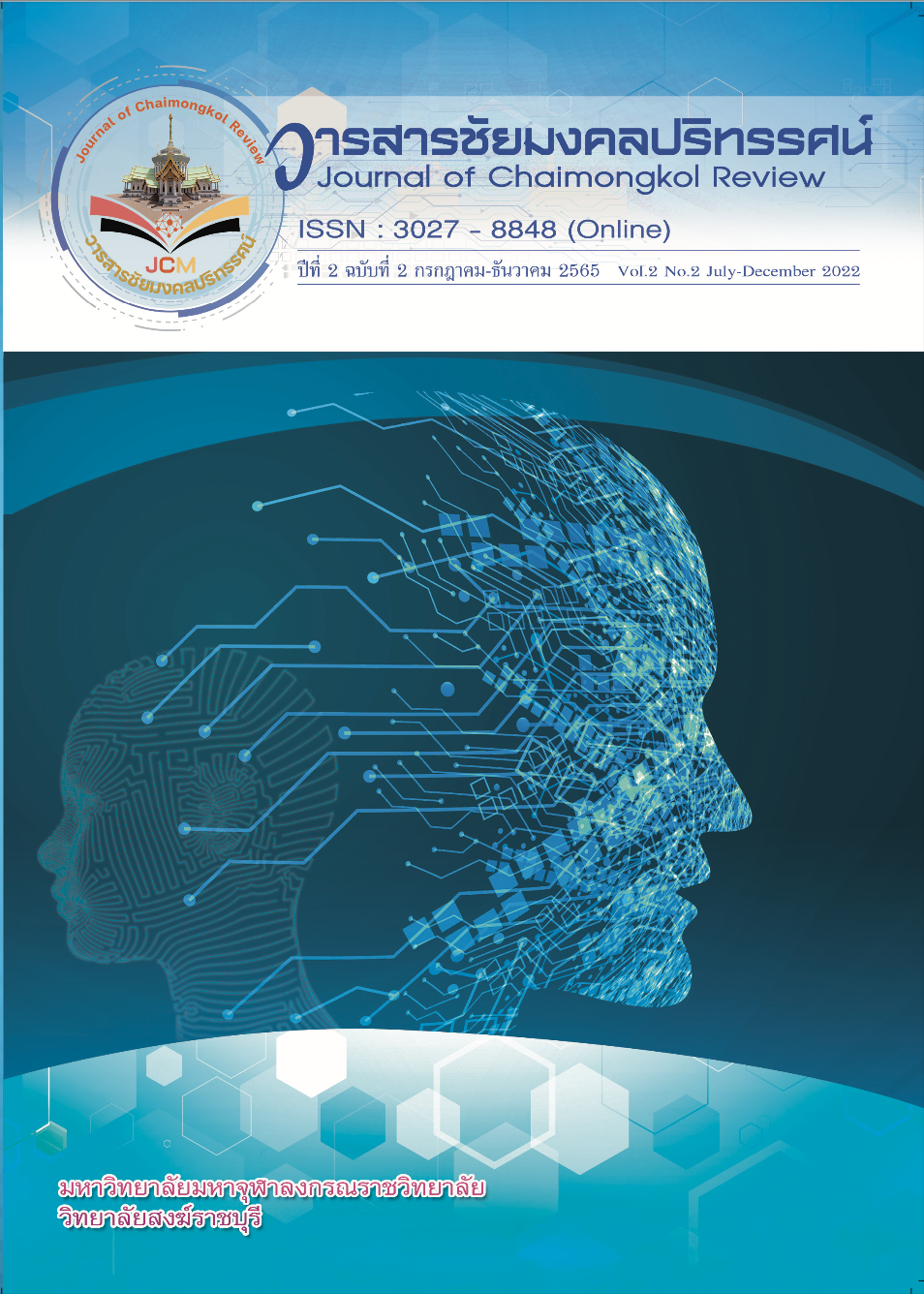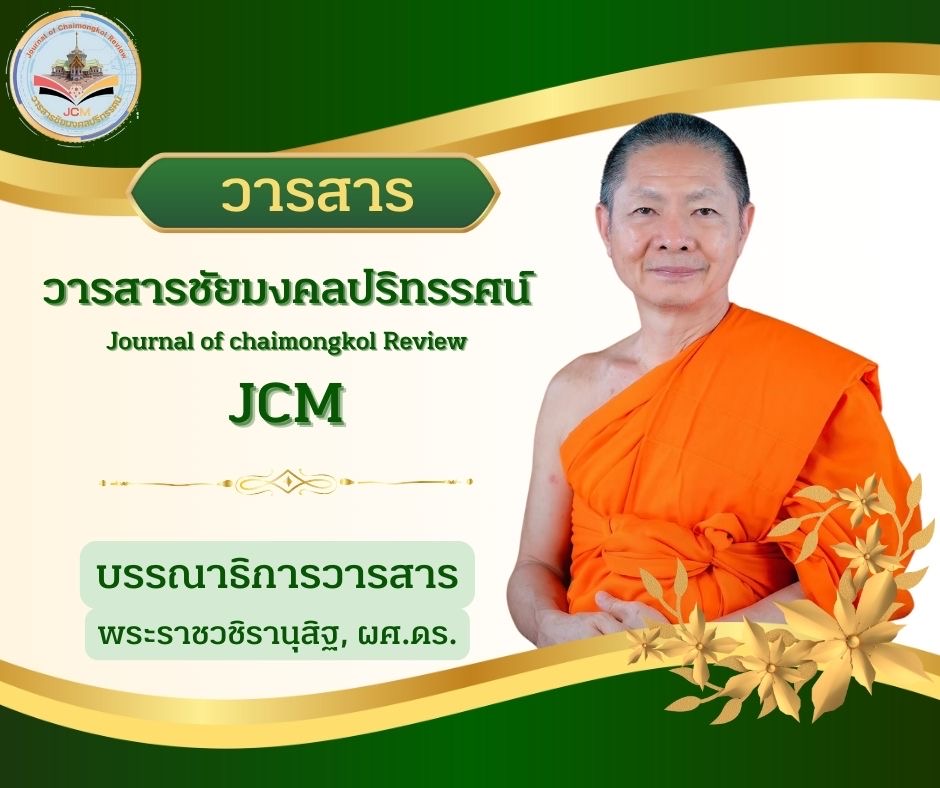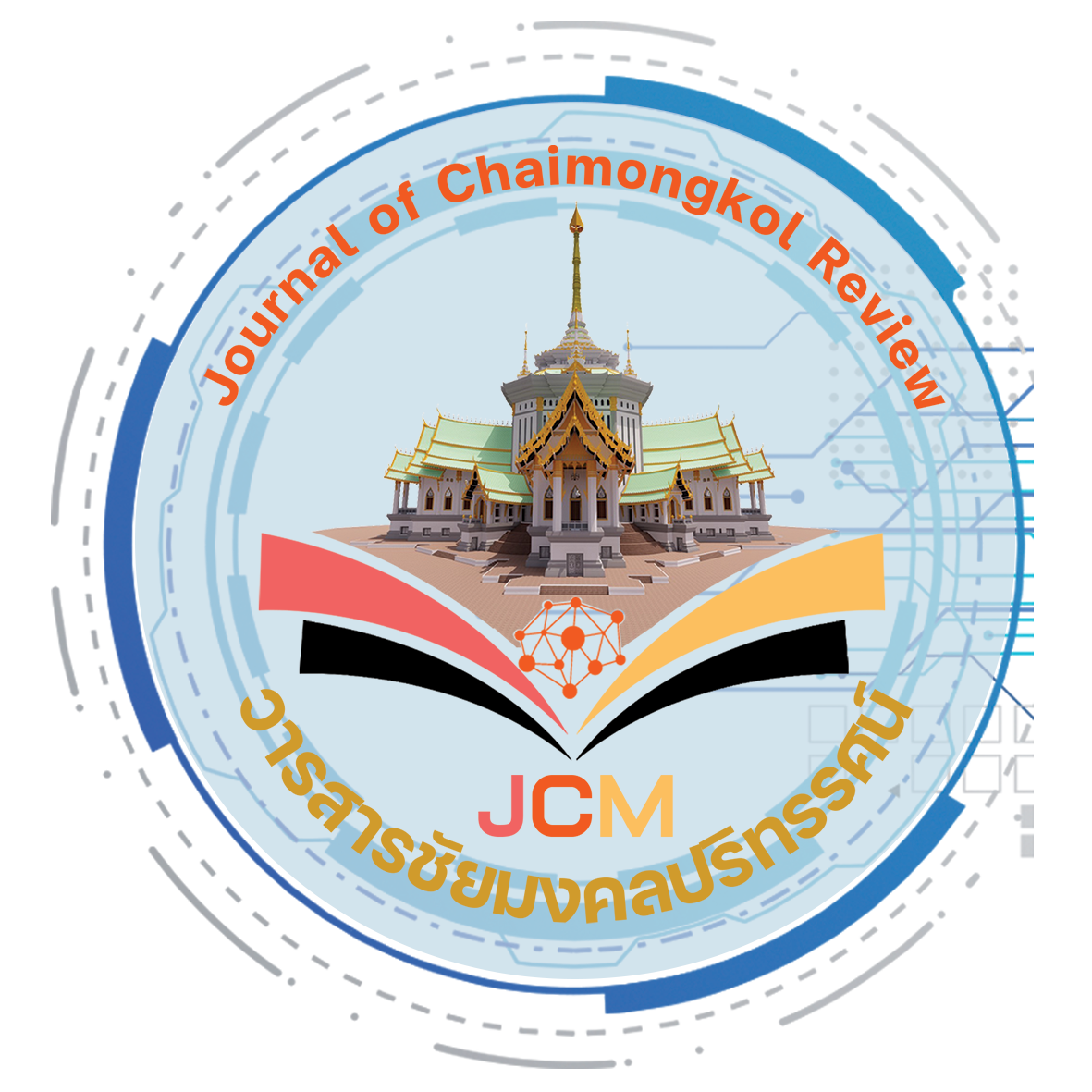DEATH ACCORDING TO THE PRINCIPLES OF MARAṆASSATI IN BUDDHISM
Keywords:
Death, Maraṇassati, BuddhismAbstract
Death according to the principles of death consciousness in Buddhism. By consideration of dearth was a way to learn the reality of life in five aspects: oldness, pain, death, separation, and action. When the action had the authority over the life of human beings and animals, they could not be free from those aspects. To practice the contemplation on death caused the mental development without mindfulness while a person was dying. On the contrary, the common people were actually different from the self-control whilethey were dying. After losing the self-control, they died without mindfulness in the last breath or the state of depressed mind, hopeless, unhappy and anxious. The ended mind without mindfulness did not assure a person that he went to the happy existence. To face the death according to the principle of contemplation on death was a way to prepare mind before its appearance. It was a way to be conscious of death coming to oneself and the other people. It was a factor to instruct mind free from delusion, carelessness in making merit, to make mind stable in moral action, and to live with mindfulness and wisdom. Here, mind was powerful to take out all anxiety and fear. It was free from defilement, pure from all enemies, able to cease all defilement, full of mindfulness and consciousness, courageous to face the death, and finally, able to make a person full of happiness in the daily life.
References
คณะกรรมการแผนกตำรามหามกุฎราชวิทยาลัย. (2541).พระธัมมปทัฏฐกถา แปลภาค 1.พิมพ์ครั้งที่ 17.กรุงเทพมหานคร: โรงพิมพ์มหามกุฎราชวิทยาลัย.
________. (2537). พระธัมมปทัฏฐกถา แปลภาค 4. พิมพ์ครั้งที่ 15. กรุงเทพมหานคร: โรงพิมพ์มหามกุฎราชวิทยาลัย.
จิตติ ติงศภัทิย์. (2530). กฎหมายแพ่งและพาณิชย์ว่าด้วยบุคคล. พิมพ์ครั้งที่ 7. กรุงเทพมหานคร: สำนักพิมพ์มหาวิทยาลัยธรรมศาสตร์.
พระธรรมธีรราชมหามุนี. (2539).อุดมวิชา.พิมพ์ครั้งที่๔.กรุงเทพมหานคร: สหธรรมิก.
พระบาทสมเด็จพระจอมเกล้าเจ้าอยู่หัว. (2511). มหามกุฏราชานุสสรณีย์. กรุงเทพมหานคร: มหามกุฏ ราชวิทยาลัย, 2511.
พุทธทาส ภิกขุ. (2549). พจนานุกรมพุทธทาสพร้อมคาอธิบายขยายศัพท์. เนื่องในมงคลกาล 100 ปีพุทธทาส พุทธศักราช 2449-2549.กรุงเทพมหานคร: ธรรมสภา.
พระสัทธัมมโชติกะธัมมาจริยะ. (2534).ปรมัตถโชติกะปริเฉทที่ 5.พิมพ์ครั้งที่ 4. กรุงเทพมหานคร: มูลนิธิสัทธัมมโชติกะ.
ภาณุ วังโส. (2549).การตายเอ๋ยเราเคยรู้จักเจ้ามาก่อน.กรุงเทพมหานคร: บริษัท โหลทองมาสเตอร์พริ้น จำกัด.
มหาจุฬาลงกรณราชวิทยาลัย. (2560). พระไตรปิฎกฉบับภาษาไทย ฉบับมหาจุฬาลงกรณราชวิทยาลัย. กรุงเทพมหานคร: โรงพิมพ์มหาจุฬาลงกรณราชวิทยาลัย.
มหามกุฏราชวิทยาลัย.(2540). วิสุทธิมรรคแปลภาค2ตอน1, พิมพ์ครั้งที่8.กรุงเทพมหานคร:มหามกุฏราชวิทยาลัย.
ราชบัณฑิตยสถาน. (2546).พจนานุกรมฉบับราชบัณฑิตยสถาน.พิมพ์ครั้งที่ 1. กรุงเทพมหานคร: บริษัท นานมีบุคส์ พับลิเคชั่นส์ จำกัด.






